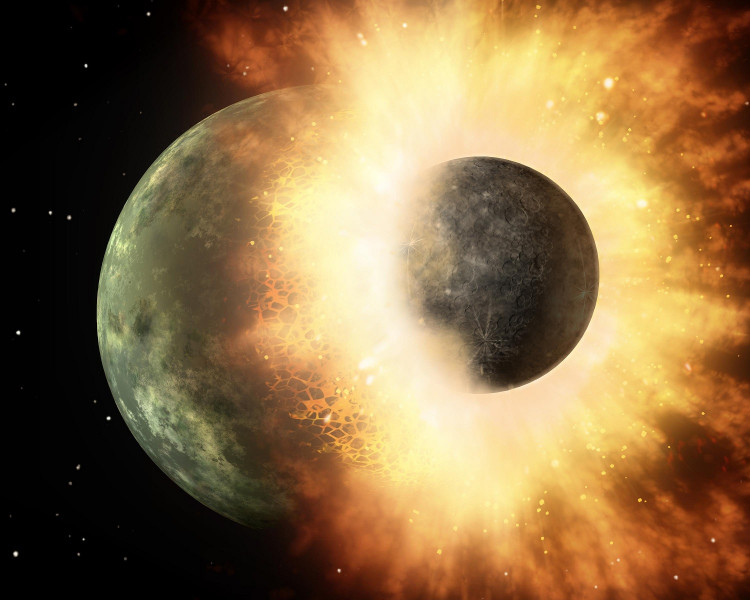New research has shed light into the real identity of the near-Earth asteroid Kamo'oalewa, which could turn out to be a piece of the moon.
According to researchers, the vast majority of our solar system's near-Earth objects originated between Mars and Jupiter. However, it appears that Kamo'oalewa has broken away from the moon. They claim they're not sure what happened, but they're looking into it.
Kamo'oalewa, discovered in 2016, is roughly 40 m (130 ft) wide and rotates once every 28 minutes or so. It orbits the Sun technically, but it also orbits Earth at a distance 13.6 times greater than the moon, swinging out ahead of us and dragging behind. As a result, it is classified as a "quasi-satellite."
Kamo'oalewa is difficult to study despite its close vicinity to Earth, as it is small, dim, and only visible for a few weeks every April. Astronomers used the Large Binocular Telescope (LBT) and the Lowell Discovery Telescope (LDT) to gaze through that window earlier this year to analyze the elusive rock for the new research.
The asteroid is around 4 million times fainter than the brightest visible star, making it difficult to see with some telescopes at certain times of the year. It wasn't until they pointed the LBT at Arizona's Mount Graham International Observatory at the asteroid that they realized what it really was.
The spectrum of the object was measured, which is the pattern of light that reflects off its surface. Scientists can use an object's spectrum to determine what it's made of since various elements reflect and absorb different wavelengths of light. Kamo'oalewa was primarily silicate-based in this example.
The team claims that the fingerprint doesn't match any other known near-Earth asteroid. The closest match was to lunar pebbles returned by Apollo astronauts, implying that Kamo'oalewa is a chunk of the Moon that broke off at some point, possibly during an impact event. That would make it the first known asteroid from the Moon, and its peculiar orbit supports that theory.
"It is very unlikely that a garden-variety near-Earth asteroid would spontaneously move into a quasi-satellite orbit like Kamo'oalewa's,'' Renu Malhotra, co-author of the study, said. "It will not remain in this particular orbit for very long, only about 300 years in the future, and we estimate that it arrived in this orbit about 500 years ago."
The research was published in the journal Nature Communications Earth and Environment.



